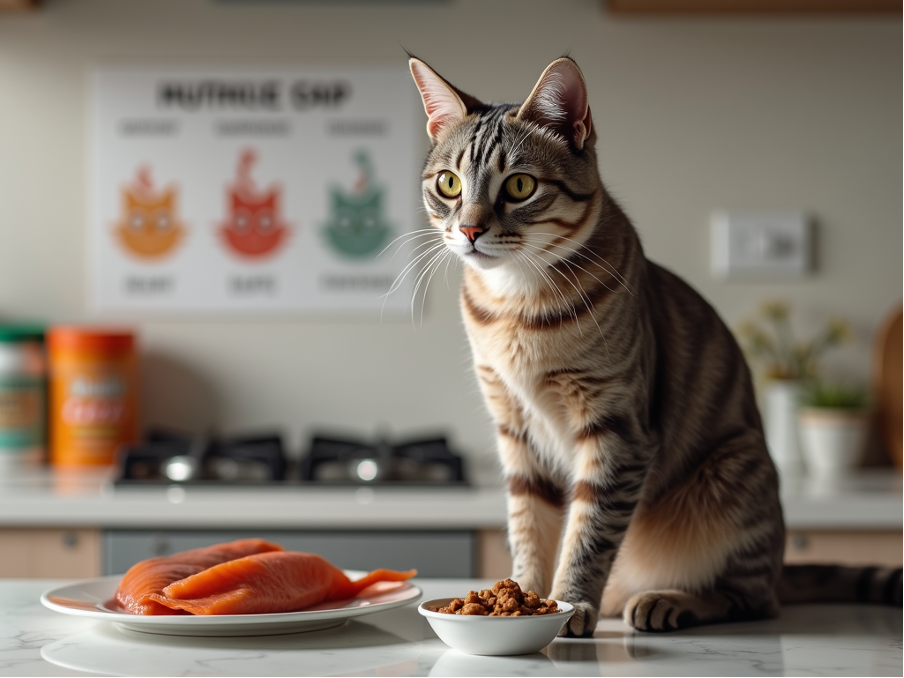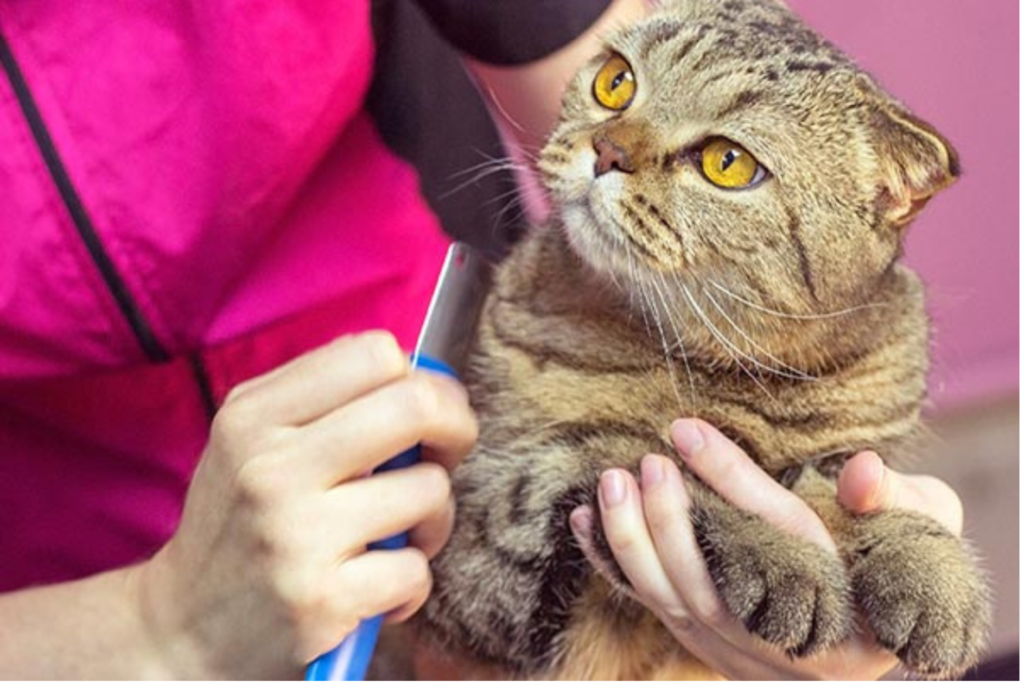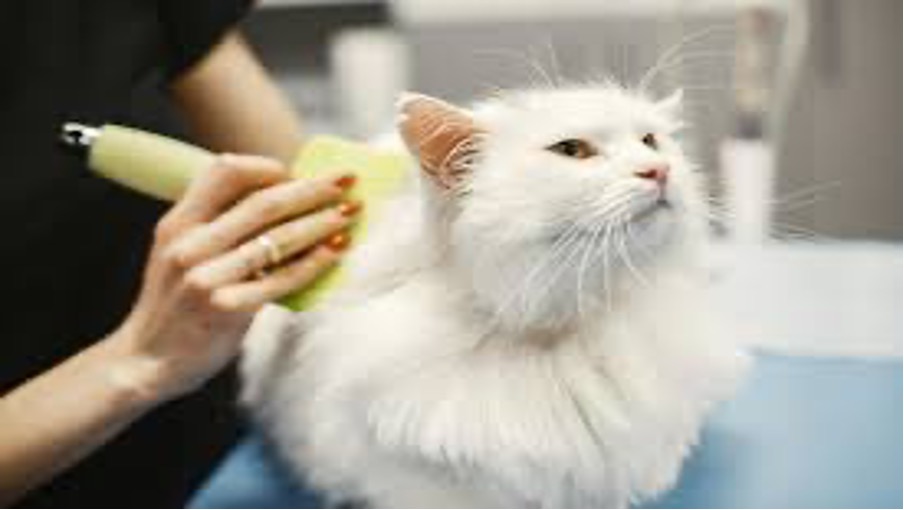Your Cat’s Diet and Environment: Key to a Healthy, Glossy Appearance

Have you ever gazed at your feline friend and wondered why their coat isn’t as glossy and lustrous as you’d like it to be? You’re not alone! Many cat owners struggle with maintaining their pet’s healthy appearance, often overlooking two crucial factors: diet and environment.
Imagine transforming your cat from a dull-coated couch potato to a sleek, shiny supermodel of the feline world. It’s not just about vanity; a healthy coat is often a sign of overall well-being. But where do you start? The answer lies in understanding the intricate relationship between what your cat eats, where they live, and how they look. From the food bowl to the cat tree, every aspect of your furry friend’s life plays a role in their glossy appearance.
In this blog post, we’ll dive into the essential elements that contribute to your cat’s healthy, radiant coat. We’ll explore how diet impacts your cat’s appearance, the importance of creating an optimal living space, and even touch on health conditions that might be affecting your kitty’s looks. So, let’s embark on this journey to unlock the secrets of feline fabulousness and discover how you can help your cat shine from the inside out!
The Impact of Diet on Your Cat’s Coat

Essential nutrients for a glossy coat
A cat’s coat health relies on key nutrients. Proteins, especially those containing amino acids like taurine, are crucial for fur growth and strength. Omega-3 and omega-6 fatty acids contribute to shine and softness. Here’s a breakdown of essential nutrients:
| Nutrient | Function |
| Protein | Fur growth |
| Fatty acids | Coat shine |
| Vitamins | Skin health |
| Minerals | Overall coat health |
Choosing the right cat food
Selecting high-quality cat food is vital for coat health. Look for products with real meat as the first ingredient and avoid fillers. Wet food can provide extra hydration, benefiting skin and fur. Consider your cat’s age, activity level, and any specific health needs when choosing food.
Creating an Optimal Environment for Your Cat

Comfortable resting areas
Provide various cozy spots for your cat to relax and groom. Consider the following options:
- Soft, padded beds
- Window perches
- Cat trees with platforms
- Heated pet beds for older cats
| Resting Area | Benefits |
| Soft beds | Comfort, warmth |
| Window perches | Sunbathing, view |
| Cat trees | Climbing, scratching |
| Heated beds | Joint relief, warmth |
Health Conditions Affecting Your Cat’s Appearance

Your cat’s coat is a reflection of their overall health. If you notice dull, brittle fur or excessive shedding, underlying health conditions might be to blame. Common health issues affecting coat quality include:
- Skin infections – Bacterial or fungal infections can cause hair loss and irritation.
- Allergies – Food or environmental allergies may lead to excessive scratching and patchy fur.
- Parasites – Fleas, mites, and ticks can cause itchiness, leading to over-grooming and bald spots.
- Nutritional deficiencies – A lack of essential vitamins, proteins, or fatty acids can result in a lifeless coat.
- Hormonal imbalances – Conditions like hyperthyroidism can lead to excessive shedding or an unkempt appearance.
Regular vet checkups help identify these issues early, ensuring your cat maintains a soft, healthy coat.
Exercise and Its Effect on Your Cat’s Coat
Physical activity isn’t just crucial for your cat’s weight and muscle tone—it also impacts coat health. Regular movement improves blood circulation, ensuring nutrients reach hair follicles. Benefits of exercise for coat health include:
- Improved blood flow – Boosts oxygen and nutrient delivery to the skin.
- Stress reduction – Reduces excessive grooming and hair loss due to anxiety.
- Enhanced grooming habits – Active cats often groom more efficiently, spreading natural oils for shine.
Encourage playtime with interactive toys, climbing structures, and scratching posts to keep your cat active and healthy.
Tailoring Care to Your Cat’s Unique Needs

Every cat has different grooming and nutritional needs based on their breed, age, and health. Here’s how to personalize care:
- Long-haired cats (e.g., Persians, Maine Coons) – Require frequent brushing to prevent matting.
- Short-haired cats – Benefit from occasional brushing to remove loose fur and promote shine.
- Senior cats – May need extra grooming assistance as mobility decreases.
- Kittens and young cats – High-energy diets support coat development.
By understanding your cat’s specific requirements, you can ensure they maintain a vibrant, healthy coat.
Conclusion
A glossy, healthy coat isn’t just about aesthetics, it’s a sign of your cat’s well-being. Proper nutrition, regular exercise, and tailored care play vital roles in maintaining a radiant appearance. Pay attention to changes in your cat’s coat, as they may indicate underlying health issues. With the right approach, your feline companion can enjoy a soft, shiny coat and overall good health.


